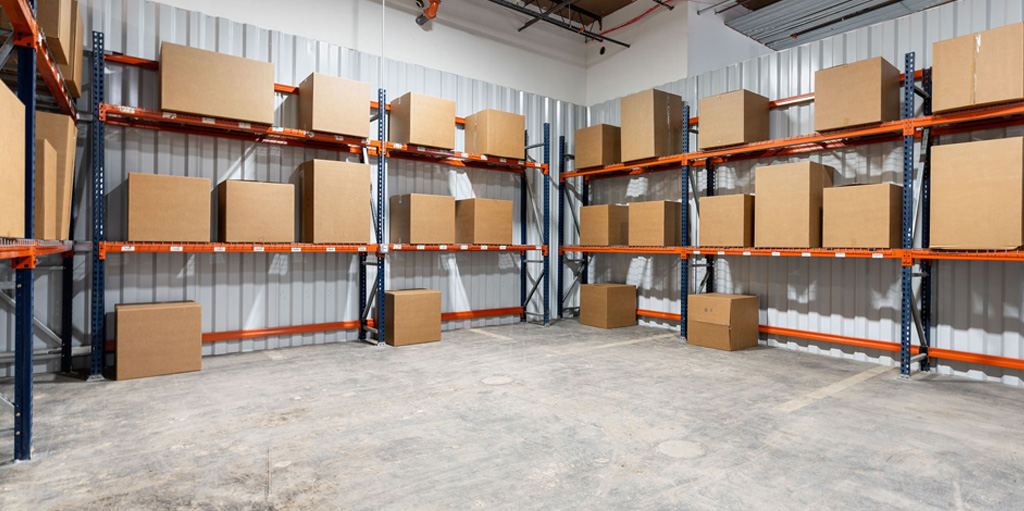
As urban areas continue to expand and population densities soar, the need for efficient storage solutions has never been more pressing. Enter mini warehousing—a concept that artfully combines space optimization with the demands of modern living. This innovative approach to storage not only meets the needs of individuals and businesses but also reflects a growing trend toward sustainability and urban adaptability.
Understanding Mini Warehousing
Mini warehousing, often referred to as self-storage, involves renting small spaces to individuals or businesses looking to store their belongings temporarily or long-term. These spaces can range from a few square feet to larger units, providing flexibility for various needs. Unlike traditional Minilager Oslo s, mini warehousing focuses on accessibility and convenience, allowing users to retrieve their items with ease.
The Urban Challenge
In many cities, the challenges of limited space and high real estate costs create a perfect storm for storage needs. People living in apartments may find themselves with limited room for seasonal items, recreational gear, or inherited furniture. Businesses, particularly startups, often require additional space for inventory without the overhead of larger commercial leases. Mini warehousing addresses these challenges by offering affordable and flexible storage solutions tailored to urban lifestyles.
Designing Space for Efficiency
The art of mini warehousing lies in its design and functionality. Warehousing facilities are often strategically located near residential and commercial hubs, minimizing transportation costs and time. These facilities utilize cutting-edge technology for security and management, ensuring that items are safe while providing users with easy access. Features like climate control, electronic gate access, and 24/7 surveillance have become standard, enhancing the appeal of mini warehousing.
Moreover, efficient use of space is paramount. Facilities often incorporate vertical storage solutions and modular shelving, maximizing the usable area within each unit. This thoughtful design not only increases storage capacity but also enhances the user experience, making retrieval of items straightforward and hassle-free.
Sustainability and Community Impact
As awareness of environmental issues grows, mini warehousing has started to embrace sustainability practices. Many facilities implement green initiatives, such as solar panels, rainwater harvesting, and energy-efficient lighting. By reducing their carbon footprint, these businesses contribute positively to their communities and promote a culture of environmental responsibility.
Additionally, mini warehousing fosters a sense of community. Many facilities host local events, workshops, or exhibitions, creating spaces where people can connect. This blending of storage and community engagement transforms traditional warehousing into vibrant, multifunctional hubs.
The Future of Mini Warehousing
As urban landscapes evolve, the future of mini warehousing looks bright. Trends such as remote work and the rise of e-commerce continue to drive demand for flexible storage solutions. Furthermore, advancements in technology—like mobile apps for booking and managing storage units—are making the process even more user-friendly.
In conclusion, mini warehousing is more than just a storage solution; it represents a response to the complexities of modern urban life. By optimizing space, embracing sustainability, and fostering community, mini warehousing is redefining the way we think about storage. As cities continue to grow and evolve, the whispers of space in the form of mini warehousing will undoubtedly play a crucial role in shaping our urban environments.

No Comments